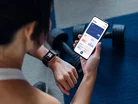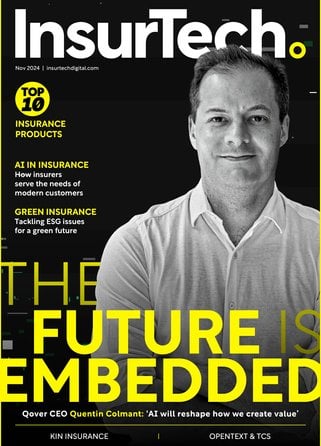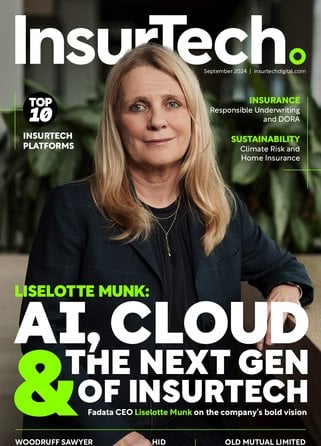Timeline: Charting the history of wearables in insurance

With the advent of smartwatches and fitness trackers, insurance providers now have novel ways of incentivising positive health behaviours among their customers. It's been a rapid ascent for a technology that has only really been available to consumers for less than a decade.
Here we take a look at the timeline of wearables in insurance and how body-worn gadgets have achieved mainstream adoption.
1990s – the dawn
The foundation for the dawn of wearables is set by a team at MIT, led by Rosalind Picard, which develops a range of ‘smart clothing’. The various garments prototyped – including jewellery and underpants – are capable of continuously monitoring data from the wearer.
2009 – the prototype
Sony Ericsson partners with the London College of Fashion on a competition to design an item of digital clothing. The winner, designed by student Georgie Davies, is a bluetooth cocktail dress that lights up when it receives an incoming phone call.
2015 – the pioneer
South African insurance company Discovery, widely seen as a wearables pioneer, starts offering customers the newly-released Apple Watch for free – if they meet targeted health goals. They will have to pay for the device over a fixed period if they fail to keep active.
2017 – the early mover
UnitedHealthcare, the largest healthcare insurer in the US, teams up with Fitbit to launch a customised device that customers can wear and earn back credits against the cost of their plan – an early example of an insurer factoring wearables directly into the cost of a plan.
2021 – the hangover
Research from Deloitte finds that nearly 40% of US consumers own a smartwatch or fitness tracker; over 25% of those subscribe to a service offering personalised health feedback; and 60% of people who subscribe to such a service are concerned about the privacy of their data.
20?? – the future
As wearables become more popular, they can be applied to areas of insurance where they have never been used before – like life insurance. Can life insurers take historic data from applicants who already use wearables and provide a tailored life insurance quote, all without adding to anxiety around use of data? Time will tell…




